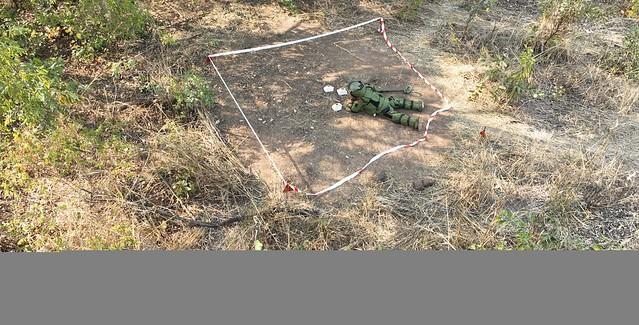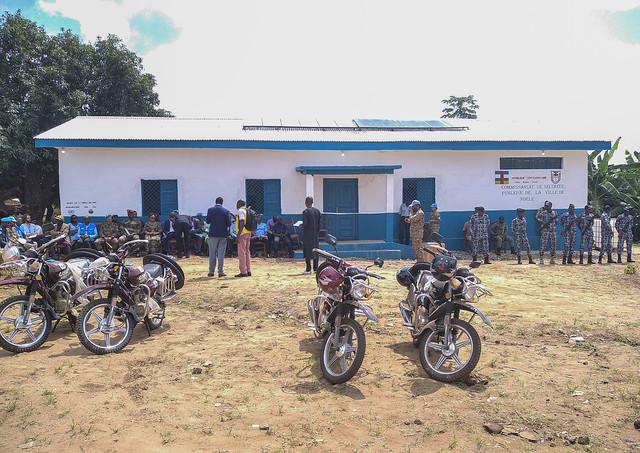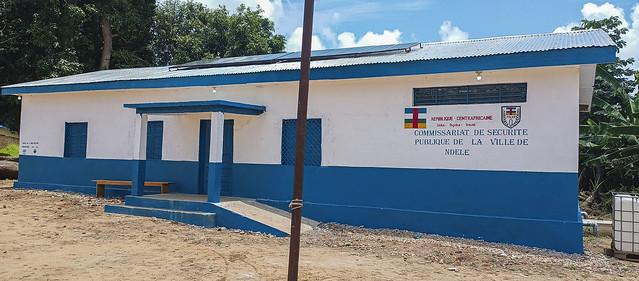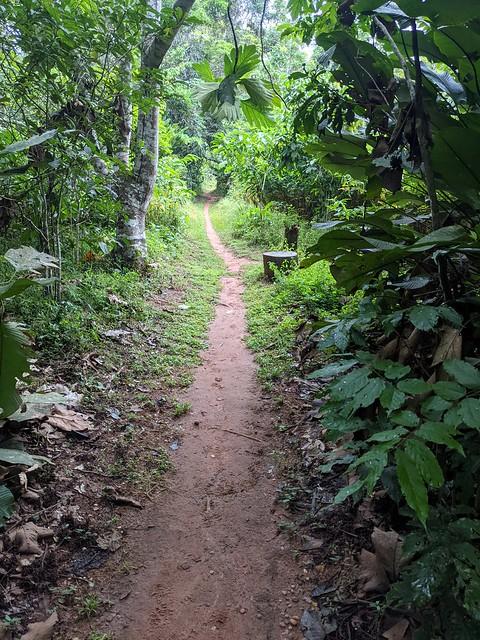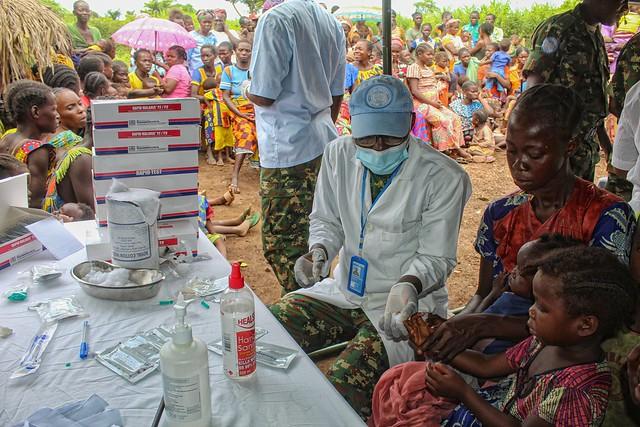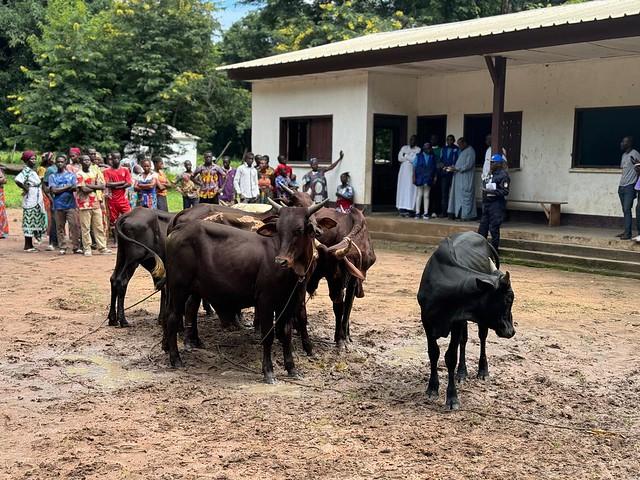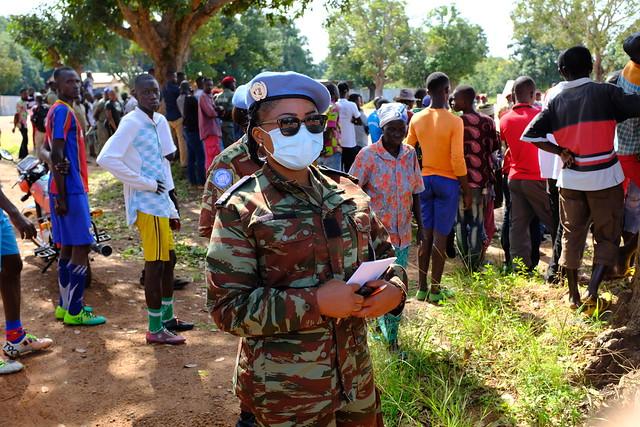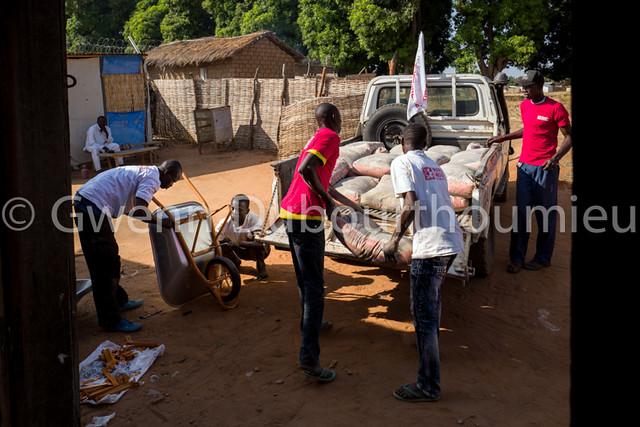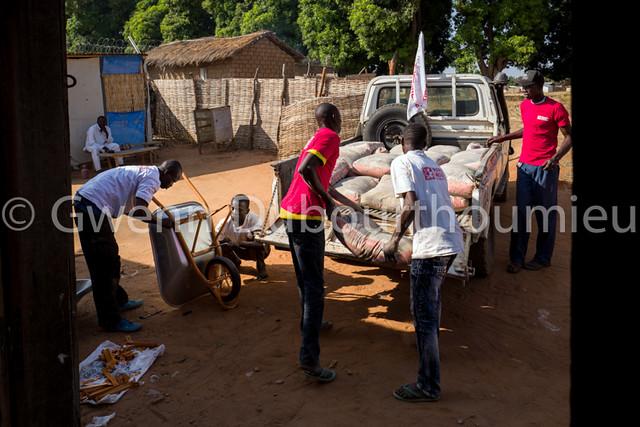Bamingui-Bangoran Prefecture
Overview
Bamingui-Bangoran Prefecture is a region in the heart of the Central African Republic, known for its rich natural landscapes and vibrant culture. This area is characterized by its sprawling savannas, dense forests, and the majestic Bamingui River, which winds through the terrain, providing life and sustenance to both the land and its people. The prefecture's unique geography also contributes to its biodiversity, making it an important area for wildlife enthusiasts and nature lovers alike. Travelers will find themselves immersed in the beauty of untouched nature, where the sounds of chirping birds and rustling leaves create a serene atmosphere.
The cultural landscape of Bamingui-Bangoran is as diverse as its natural surroundings. The region is home to various ethnic groups, each with its own customs, traditions, and languages. The Gbiri-Nzanga, a prominent group in the area, are known for their colorful traditional attire and intricate craftsmanship, particularly in weaving and pottery. Visitors can experience local festivals, where traditional dances and music showcase the rich heritage that has been passed down through generations. Engaging with local artisans and participating in cultural exchanges offers an authentic glimpse into the lifestyles of the inhabitants.
Historical significance abounds in Bamingui-Bangoran, as the region has seen influences from various empires and colonial powers. The remnants of ancient trade routes can still be traced through the area, hinting at the commerce that once thrived here. The prefecture also played a role during the colonial period, marked by the establishment of trading posts and interactions with European explorers. Today, the historical context of Bamingui-Bangoran serves as a backdrop for understanding the complexities of Central African culture and the ongoing narratives of resilience and identity.
The local characteristics of Bamingui-Bangoran extend beyond its natural and cultural richness. The community is known for its hospitality and warmth, where locals are eager to share their stories and traditions with visitors. Markets filled with vibrant produce, handmade crafts, and aromatic spices reflect the agrarian lifestyle that many residents lead. Travelers can sample local cuisine, which often features staples like cassava, groundnuts, and fish, presented in a variety of flavorful dishes. Engaging with the local community not only enhances the travel experience but also fosters a sense of connection to the land and its people.
Bamingui-Bangoran Prefecture is also a region of emerging eco-tourism, where conservation efforts are being made to protect its natural resources and wildlife. The area is home to several protected areas and national parks, such as the Bamingui-Bangoran National Park, which boasts a variety of flora and fauna. Here, adventurous travelers can embark on guided hikes, birdwatching excursions, or wildlife safaris to observe the diverse species that inhabit the region, including elephants, antelopes, and numerous bird species. This focus on sustainability not only preserves the environment but also provides opportunities for local communities to thrive economically through responsible tourism.
In summary, Bamingui-Bangoran Prefecture offers a rich tapestry of experiences for travelers seeking to explore the heart of the Central African Republic. From its breathtaking landscapes and vibrant cultures to its historical significance and commitment to eco-tourism, the region invites visitors to step off the beaten path and discover the beauty and resilience of its people and their environment.
How It Becomes to This
History not available

You May Like
Explore other interesting states in Central African Republic
Discover More Area
Delve into more destinations within this state and uncover hidden gems.


